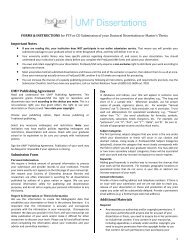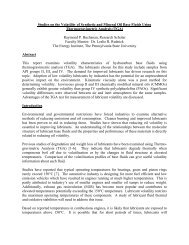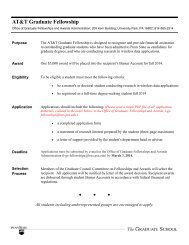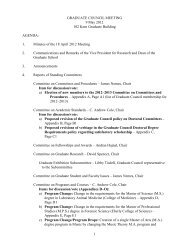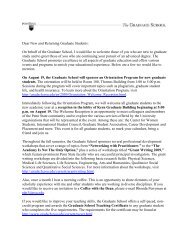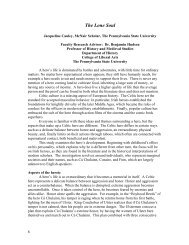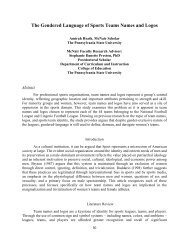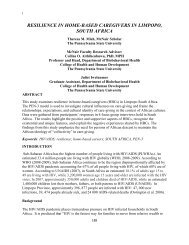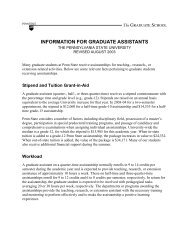bubble pump modeling for solar hot water heater system design
bubble pump modeling for solar hot water heater system design
bubble pump modeling for solar hot water heater system design
You also want an ePaper? Increase the reach of your titles
YUMPU automatically turns print PDFs into web optimized ePapers that Google loves.
Figure 2: Simple Schematic of a STWH 1<br />
Two of the most common STWH <strong>system</strong> types are passive and active <strong>system</strong>s. The fluid in a<br />
passive <strong>system</strong> is driven by natural convection, whereas in active <strong>system</strong>s, the fluid is moved via<br />
a <strong>pump</strong>. Active <strong>system</strong>s would be more reliable; however, they require another <strong>for</strong>m of energy<br />
input other than <strong>solar</strong> energy to run the <strong>pump</strong>s inside the <strong>system</strong>s. Thus, passive <strong>system</strong>s are<br />
preferred <strong>for</strong> economic purposes, but they have their own set of technical challenges.<br />
One of the most favorable passive <strong>system</strong>s is a thermosyphon STWH <strong>system</strong>, shown in Figure 3.<br />
A thermosyphon is an open loop <strong>system</strong> that can only be used <strong>for</strong> nonfreezing climates. The<br />
simple <strong>design</strong> of the thermosyphon <strong>system</strong> is economically efficient. Theoretically, in a<br />
thermosyphon <strong>system</strong>, the tank has to be above the <strong>solar</strong> panel. Using gravity, the cold <strong>water</strong><br />
from the tank flows downward and enters the tube beneath the panel, and gets heated up inside<br />
the tube. During this process, similar to a <strong>hot</strong> air balloon, the less dense <strong>hot</strong> <strong>water</strong> is buoyant and<br />
thus floats to the top of the tube and slowly reaches the top of the tank. Then, more cold <strong>water</strong><br />
would drain down from the tank and get heated up. The process continues on until the <strong>water</strong> of<br />
the tank reaches thermal equilibrium. Although the <strong>system</strong> seems ideal, there are problems such<br />
as overheating and freezing. Furthermore, the temperature differences of the tank from sunrise to<br />
sunset will always be positive; there<strong>for</strong>e, the pressure difference will also be positive. If the<br />
pressure of the <strong>system</strong> is not <strong>design</strong>ed properly, there will be a reverse-thermosyphon effect,<br />
which happens often during drastic temperature drops. The reverse-thermosyphon effect can<br />
cause flooding.<br />
172



